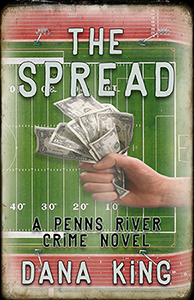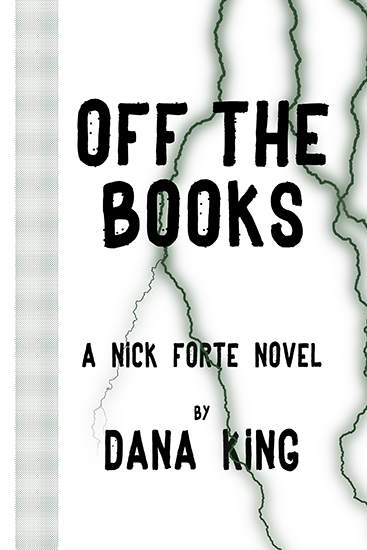I don’t usually post about individual books. Lots of people can
dissect a book better than I and I’ll leave them to it. What I am qualified to
write about are books that affect me in such a way I have to take a deeper look,
bot at the book and myself. I read two of them almost back-to-back over the past
few weeks.
First is Dennis Lehane’s masterpiece, The Given Day, describing the events leading up to the Boston
police strike of 1919 as seen through the eyes of Boston cops and a fugitive
African-American. The book covers the molasses explosion, the 1918 World Series
players’ strike, race relations, labor strife, terrorism, income inequality,
class warfare, and immigrant antagonism. You know, all the things that made—and
continue to make—this country great.
There is no living writer I hold in higher esteem that
Dennis Lehane, and I’m not sure there is any
writer, living or dead, I’d rather read. To me, reading a Lehane novel is an
event. They’re not all equally good—no one ever has or will meet that
standard—and they’re not all equally weighty. What Lehane does better than
anyone else is speak to me. He shares many of my sympathies and sensibilities
and isn’t afraid to let them show in his fiction. What makes him special is how
he can express those sensibilities and never stoop to proselytizing.
What is it about this book? It’s much longer than what I
usually read. I don’t think I have an attention span that demands short novels,
but most writers who can’t tell their story in 300 – 350 pages would have been
better off doing so. (Much as I love his writing, James Ellroy’s books could
often stand having a machete taken to them, American
Tabloid the notable exception.) The
Given Day comes in at twice that and I was sorry when it ended.
What readers most often overlook in a book like this is how
funny it is. There are laugh out loud sections, and countless examples of the
kind of situational and interpersonal humor that occur in daily life. It’s what
keeps the book—and daily life—from being a slog from one bad situation to
another.
Fiction is the art of telling truth through lies, and there
is no greater example than The Given Day.
None of the things that happen to his protagonists are documented, yet none
strain the reader’s credulity. The most outrageous things, the things that
might hint at shark-jumping, are all provably true. On January 15, 1919 in the
North End neighborhood of Boston a large molasses storage tank did explode and a wave of molasses
rushed through the streets at an estimated 35 mph, killing 21 and injuring 150.
The Harvard football team was armed
and sent to defend a bridge during the police strike, where they shot at
protesters attempting to cross the bridge into the wealthier sections of the
city. Several people were killed. These are facts.
It’s the made up stuff one can most easily believe. Their
actions are born of human interaction, frailty, and vice. People are caught up
in situations beyond them, overextend their power, and make mistakes that seem
like good ideas at the time.
Ten years since The
Given Day’s publication there’s something else that makes my hair stand on
end: It’s now 100 years since the book begins, 99 since the strike, and it’s
frightening and depressing to see how much has not changed. Immigrants are seen
as threats, their goodness or badness of the individuals be damned. The
unspoken policy of making every man feel secure so long as he can comfortably
believe someone else is lower than he is. The almost pathological need for
those at the top to keep everyone else in their places, the fiction of the
American Dream be damned. It was a time of anarchist terror in Boston, and the
predecessor of the FBI was only too happy to claim terrorists had blown the
molasses tank, never retracting the argument after the explosion was proven to
be the result of commercial negligence.
The Given Day is a
reminder that those who come to great power and wealth in this country—the two
are often sides of the same coin—did not reach those stations through
philanthropy. They rose through ruthless ambition and did everything they could
to pull the ladder up behind them. There are too many examples today to doubt
this was the case a hundred years, and no reason to doubt it was the same a
hundred years before that; it has always been so. The Given Day is a highly entertaining book that also takes the
time to remind us that eternal vigilance, and maybe even a willingness to raise
some hell, are all that separates the American idea of capitalism from
feudalism on a given day.






